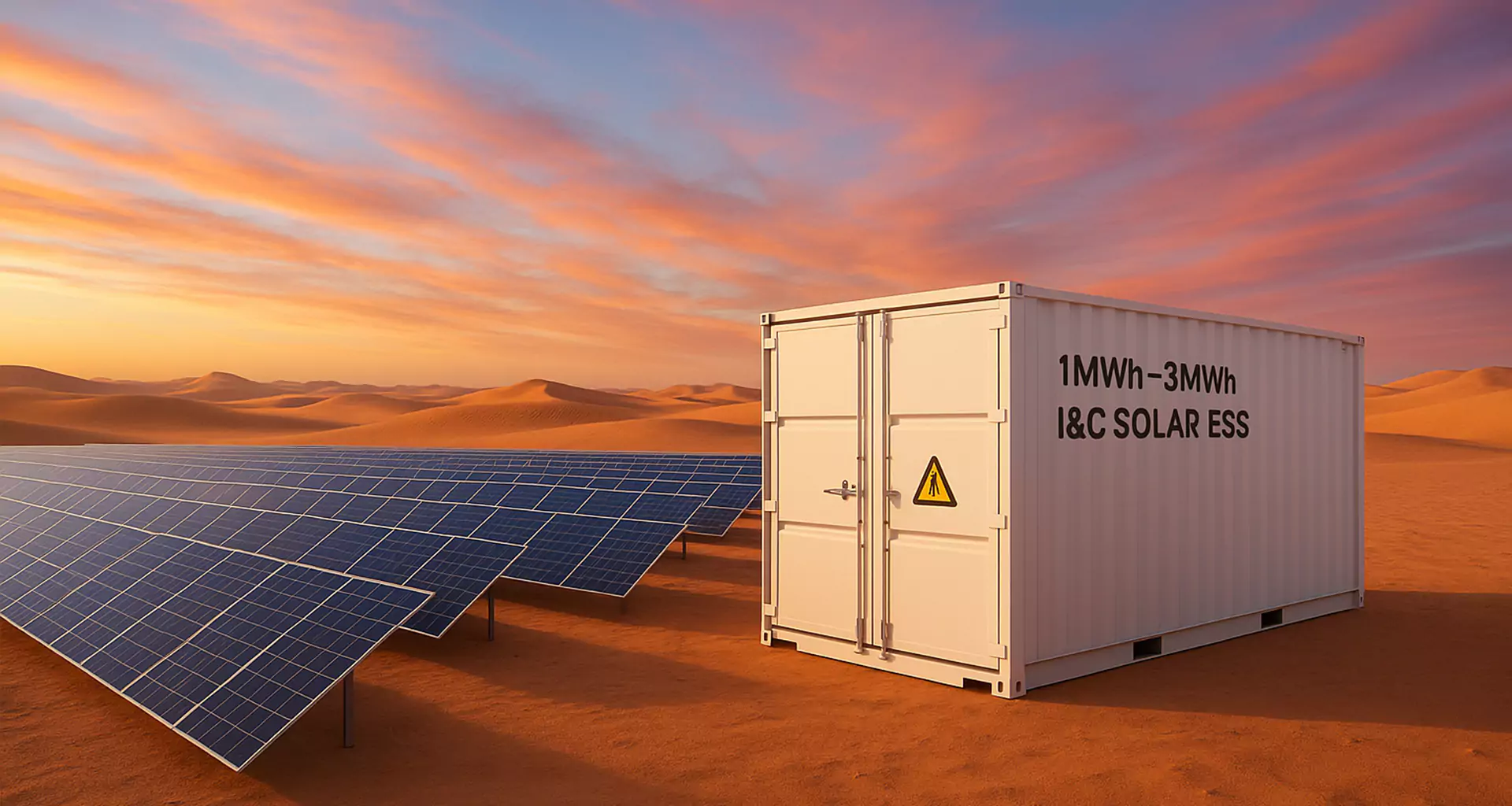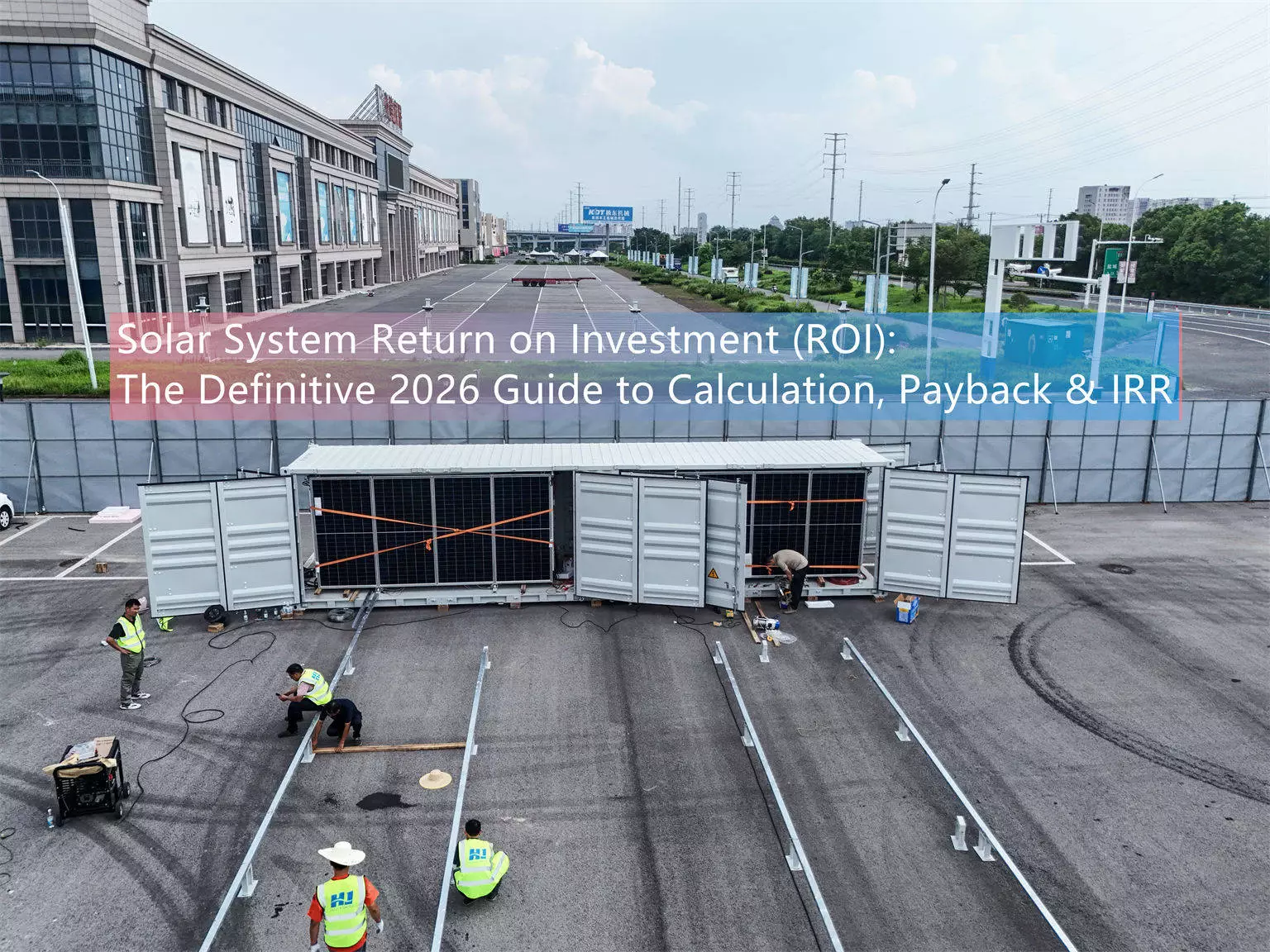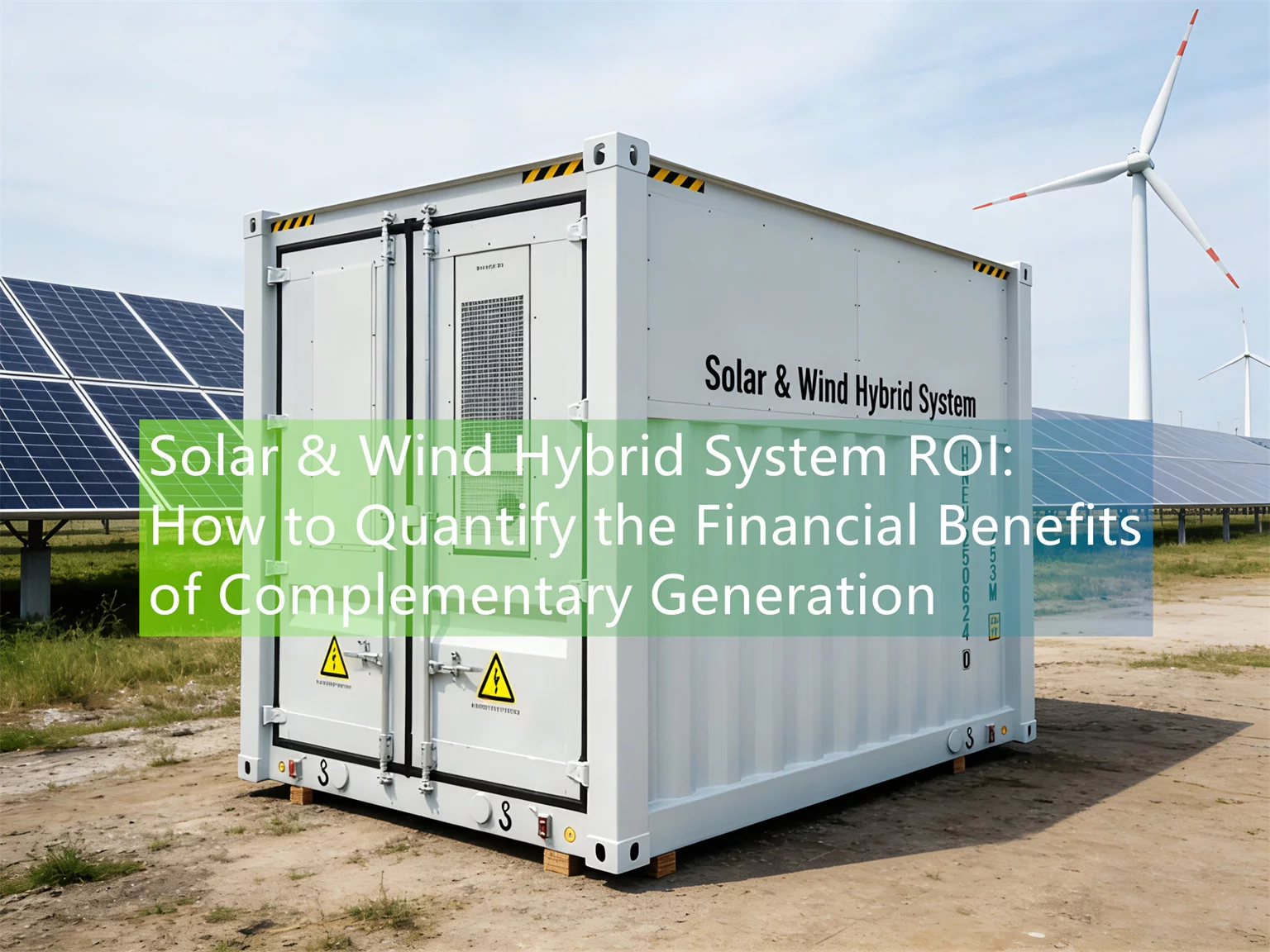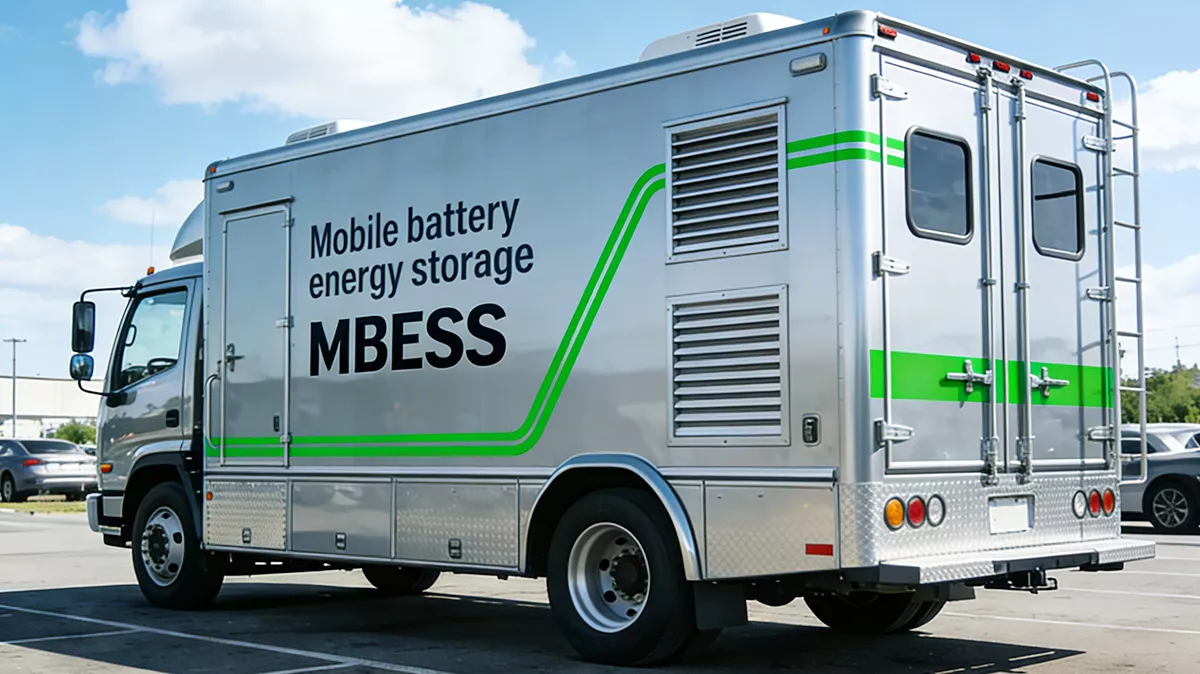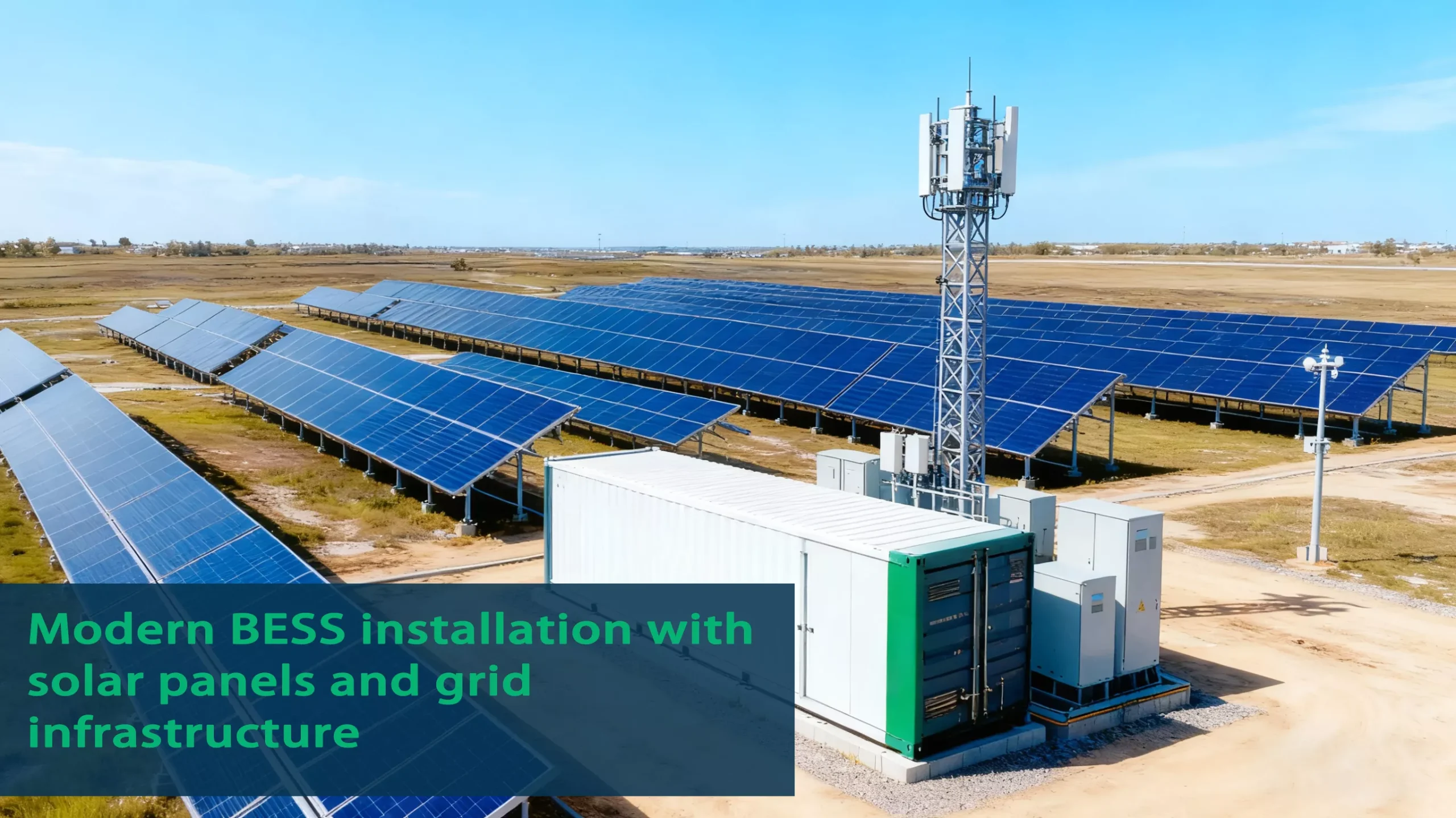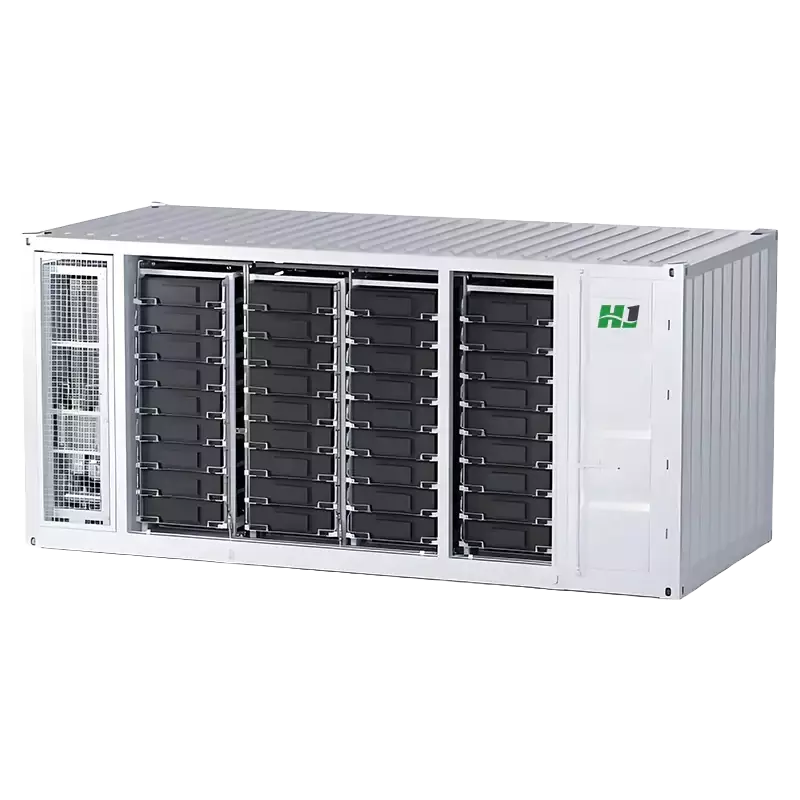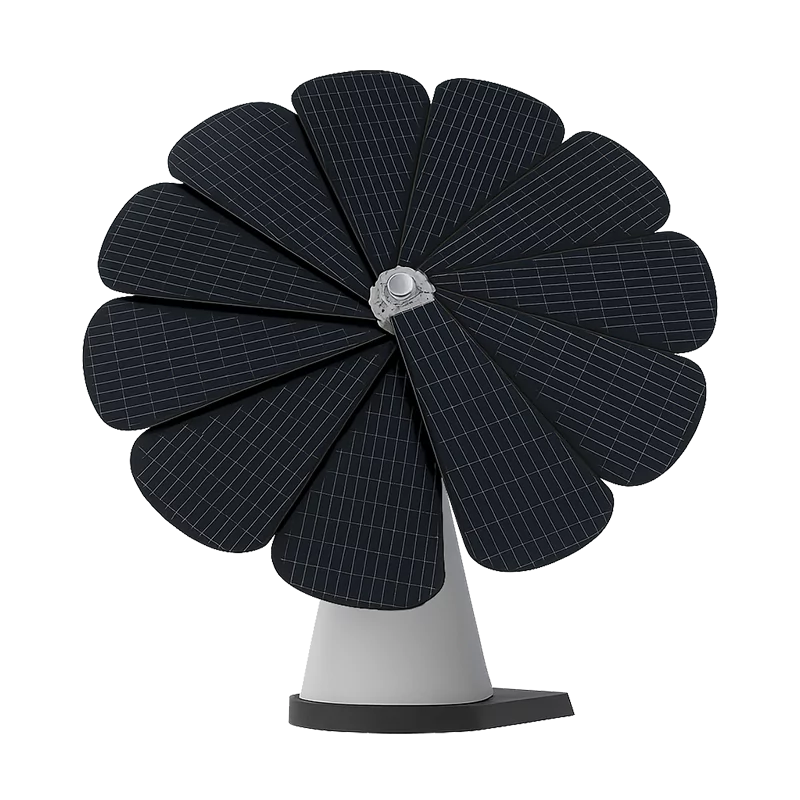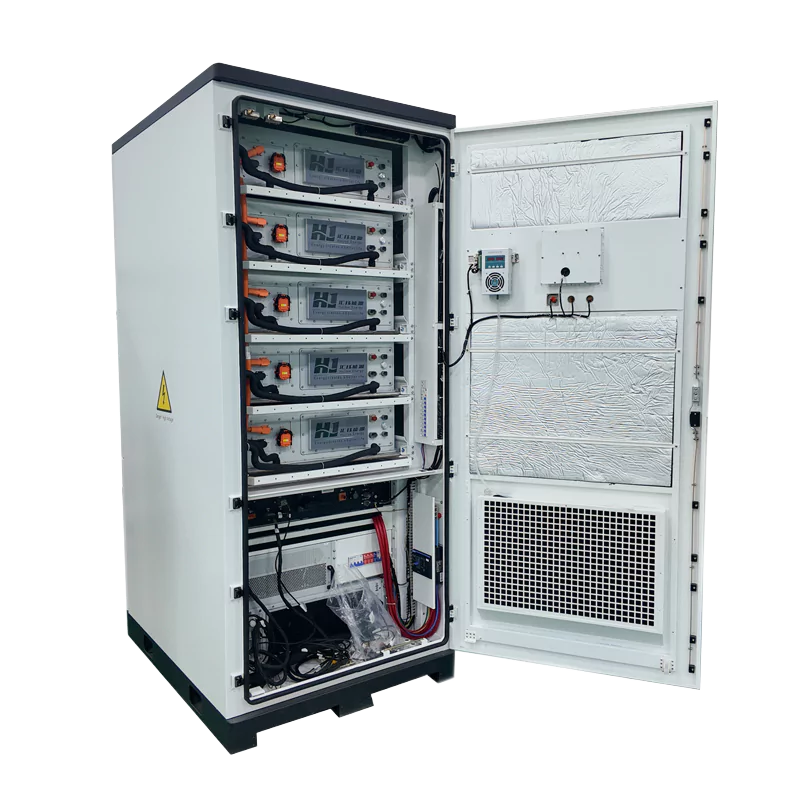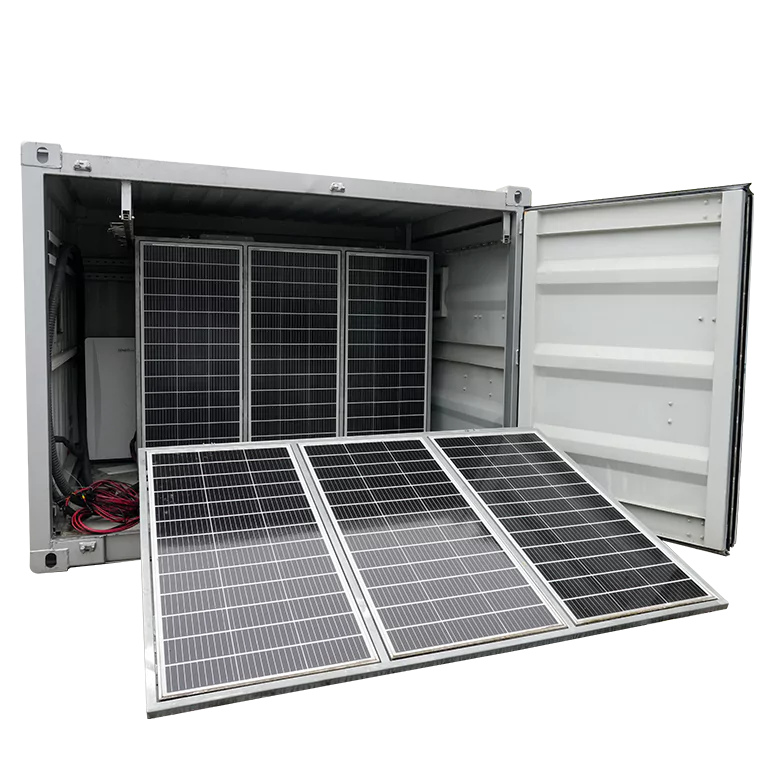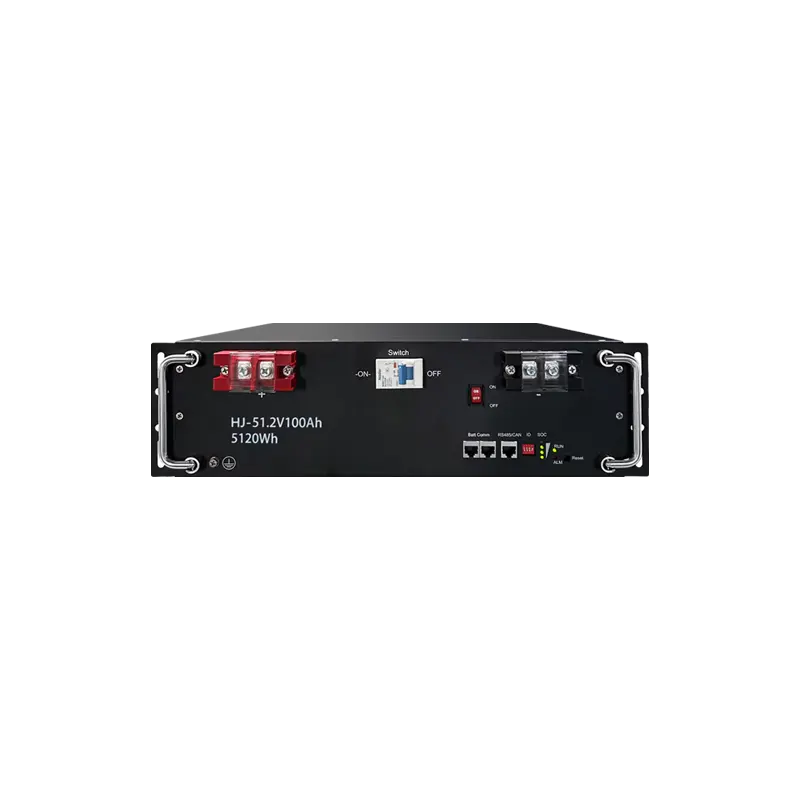Solar Cell Towers : Profitable Energy for US Telecom
This article explores the revolutionary impact of smart solar telecom towers in the U.S. telecom industry, highlighting their role in energy saving and emission reduction. Smart solar telecom towers, equipped with AI energy management systems, can reduce carbon emissions by 60% and improve energy efficiency by 35% compared to traditional grid-powered solutions. The technical architecture, energy-saving advantages, economic benefits, and real-world case studies of these intelligent systems are discussed in detail. The article also provides a roadmap for operators looking to adopt these smart solutions and offers insights into future technological advancements that will further enhance energy efficiency and sustainability in the telecom sector.
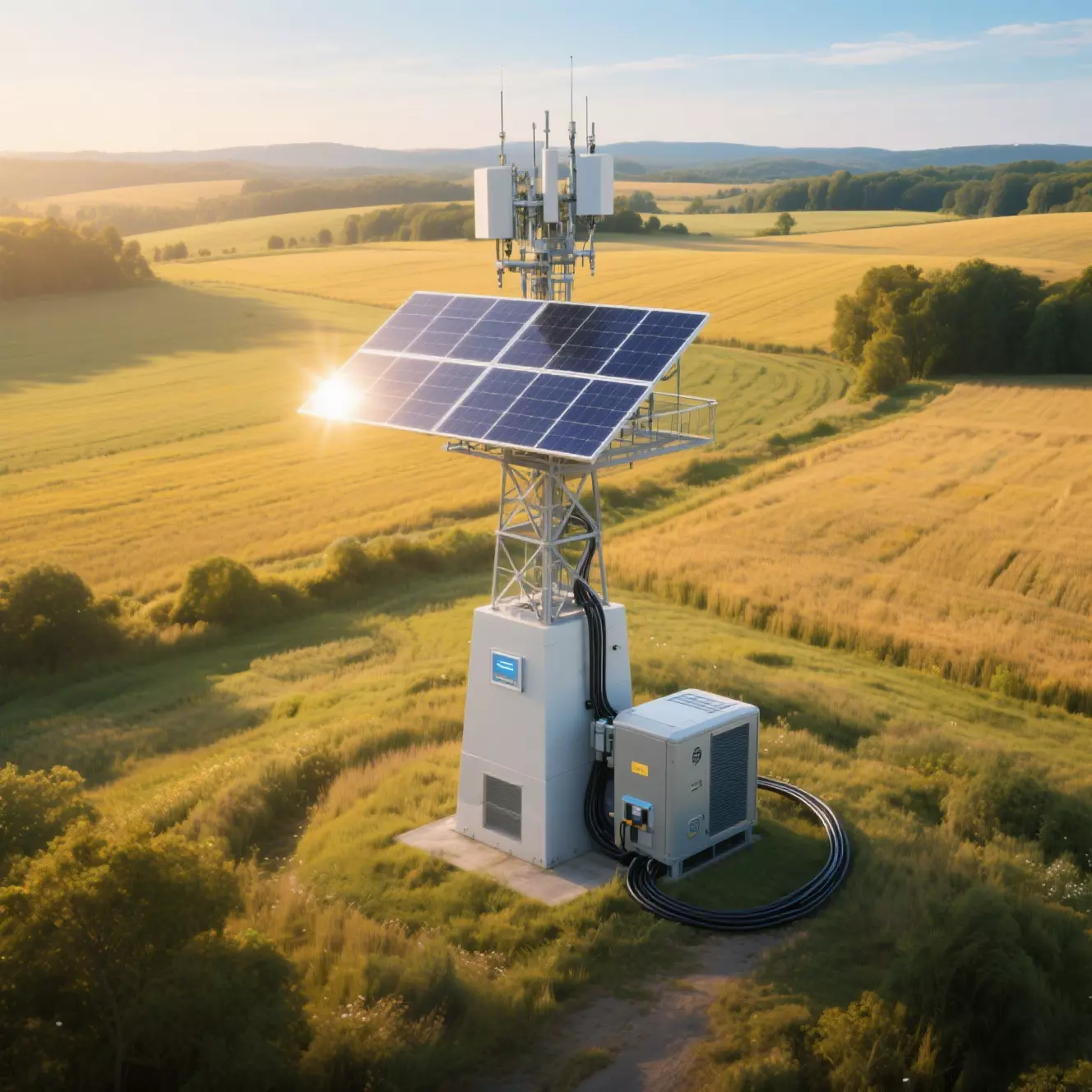
1. Smart Solar Telecom Towers: Green Energy for Communications Infrastructure
The U.S. telecom enterprise is present process a dramatic electricity transition, driven by the need for sustainable and efficient energy solutions:
- Energy Consumption Status: A single 5G telecom tower consumes an average of 12 MWh annually, with communication networks in the Northeast accounting for 8% of regional business electrical energy consumption.
- Value of Intelligent Upgrades: Smart solar telecom towers equipped with AI energy administration structures can decrease carbon emissions by 60% and enhance energy efficiency through 35% in contrast to standard grid-powered solutions.
HighJoule’s field test data from a smart solar telecom tower deployed in Massachusetts indicates that through the smart scheduling of the HJ-SolarEMS platform, a 15kW photovoltaic (PV) + 20kWh energy storage device maintains an 89% energy self-sufficiency rate even in cloudy weather, improving efficiency by 42% in contrast to manual scheduling.
This smart system integrating IoT and AI algorithms is turning into a core device for Northeast conversation operators to attain carbon neutrality goals.
2. Technical Architecture and Energy-Saving Advantages of Smart Photovoltaic-Storage Systems
2.1 Analysis of Intelligent Core Components
| Technical Module | Intelligent Features | HighJoule Product Link |
|---|---|---|
| Photovoltaic Power System | AI energy prediction + MPPT dynamic monitoring | Dual-Sided PV Modules |
| Energy Storage System | Smart BMS + fitness status prediction | 51.2V 200AH Smart Lithium Battery Module |
| Energy Management Platform | Time-of-use electrical energy pricing optimization + computerized carbon facts accounting | HJ-EMS Intelligent Management System |
2.2 Quantitative Model for Energy Saving and Emission Reduction (Case of 10 Tower Clusters in New York State)
- Energy Consumption Reduction: Intelligent scheduling reduces height electrical energy utilization by 72%, saving 144,000 kWh annually.
- Carbon Emission Reduction Effect: Annual CO₂ discount of 840 tons, equal to planting 48,000 trees.
- Operation and Maintenance Efficiency Improvement: AI fault warning reduces preservation charges through 38%, shortening fault response time from four hours to 15 minutes.
Standard System Configuration
A committed green electricity machine for telecom towers usually includes:
- High-efficiency monocrystalline silicon PV modules (550–700W), tailored to low-light environments in the Northeast with a conversion effectivity of 22.5%.
- Modular lithium iron phosphate (LFP) batteries (5–20kWh) with thermal administration systems, secure operation in -25℃ to 55℃ environments.
- Hybrid inverters (supporting seamless on-grid/off-grid switching) with a switching time <10ms to make certain zero interruption of verbal exchange equipment.
- Intelligent Energy Management System (EMS) aiding faraway monitoring, scheduling, and carbon emission tracking, well suited with RGGI records interfaces.
The machine points 140mph wind resistance, IP65 protection, and a 40% shorter deployment cycle than common solutions, appropriate for numerous terrains and climates alongside the East Coast.
Economic Benefit Calculation
Taking a usual 10kW clever solar telecom tower gadget as an example, annual financial savings and advantages are as follows:
| Project | Annual Benefit (USD) |
|---|---|
| Electricity Cost Savings | $2,500–$3,500 |
| Carbon Credit Trading | $100–$150 |
| Renewable Energy Certificates (RECs) | $200–$400 |
| Total Annual Benefit | $2,800–$4,050 |
The preliminary gadget funding can be offset by way of about 30% via the federal Investment Tax Credit (ITC), with an ordinary payback duration of 6–8 years, observed via 15 years of steady power financial savings and extra income. For a 10-tower cluster, cumulative advantages over 6 years can attain $336,000–$486,000, a long way exceeding the fee of common strength grant solutions.
3. How Intelligent Systems Reconstruct Telecom Tower Energy Management
3.1 Dynamic Energy Scheduling Strategies
- Weather-Predictive Power Generation: Based on Northeast climate forecast data, alter power storage discharge techniques in develop to reserve 72 hours of strength earlier than snowstorms.
- Electricity Price Arbitrage Model: Automatically cost in the course of low-price durations (e.g., New York State’s late-night electrical energy fee is solely 40% of peak) and discharge for the duration of height periods.
- Automatic Carbon Asset Accounting: The HJ-EMS machine calculates emission discounts in actual time in accordance to RGGI standards, with an error charge <2%.
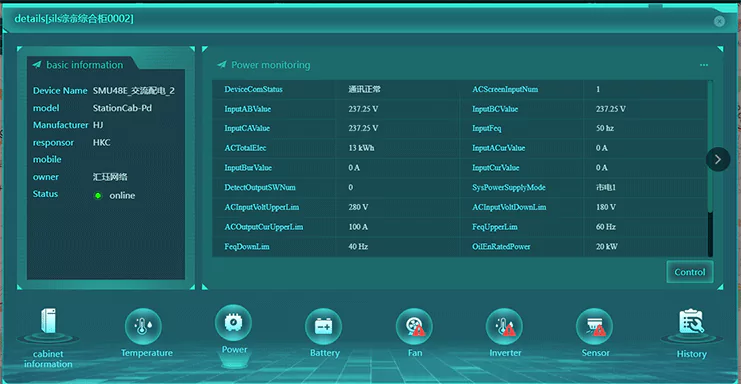
3.2 Intelligent Operation and Maintenance System
| Application Scenario | Pain Points of Traditional Solutions | Advantages of Intelligent Solutions |
|---|---|---|
| Equipment Health Monitoring | High ignored inspection fee in guide patrols | Real-time sensor community + anomaly warning |
| Energy Efficiency Optimization | Static scheduling can’t adapt to environmental modifications | Machine getting to know for dynamic parameter adjustment |
| Carbon Data Management | Time-consuming and error-prone guide accounting | Blockchain traceability + automated record technology |
4. Benchmark Cases: Implementation Effects of Smart Solar Telecom Towers
4.1 New Jersey Coastal Smart Tower Cluster (Deployed in 2023)
- Technical Configuration: 20 telecom towers × 18kW PV + 30kWh power storage + AI hazard manage system.
- Energy Saving and Emission Reduction Achievements:
- Communication interruption charge decreased to zero all through severe weather.
- Annual carbon emission discount of 1,680 tons, incomes $30,200 from RGGI carbon trading.
- Included in New Jersey’s “Smart Infrastructure Demonstration Project”.
4.2 Maine Mountain Smart Telecom Tower (Cold-Resistant Design)
- Intelligent Highlights:
- Automatic electric powered heating machine activated at -30℃, retaining 85% PV efficiency.
- Remote operation and upkeep in far flung areas the usage of BeiDou satellite tv for pc communication.
- Carbon asset statistics saved on blockchain, enhancing audit effectivity by 60%.
5. Operator Intelligent Transformation Roadmap
5.1 Intelligent Diagnosis Phase (1–2 months)
- Complete wise assessments for three usual telecom towers (including lighting/load/AI adaptability).
- Deploy HighJoule area computing gateways (single-tower transformation value $2,800).
- Access smart operation and preservation systems (supporting 7×24-hour real-time monitoring).
5.2 Scale Upgrade Phase (6 months)
- Adopt standardized “PV + electricity storage + wise management” kits (costs decreased through 30% in contrast to personalized solutions).
- Establish regional strength administration facilities (supporting centralized scheduling for 50+ tower clusters).
- Apply for federal clever infrastructure subsidies (covering up to 40% of transformation costs).
5.3 Smart Operation Phase (from Year 2)
- Optimize carbon asset buying and selling techniques based totally on AI predictions.
- Participate in Virtual Power Plants (VPP) for secondary strength revenue.
- Continuously optimize device effectivity via digital twin technology.
6. Future Outlook: Intelligence + Green Driving Industry Upgrades
By 2027, three technological developments will deepen electricity saving and emission discount effects:
- Intelligent Photovoltaics: AI-optimized perovskite modules with effectivity exceeding 30%, 50% greater strength era per area.
- Smart Energy Storage: Sodium-ion batteries + clever BMS, lowering electricity storage charges via 40%.
- Digital Carbon Management: Full-life-cycle carbon footprint monitoring structures for specific emission discount accounting.
HighJoule predicts that the penetration price of clever solar telecom towers in the U.S. Northeast will attain 20% through 2025, a 4-fold amplify from 2023, with annual emission reduction per tower growing from the modern eighty four heaps to one hundred twenty tons. For operators, each and every 12 months of lengthen in launching clever transformation will incur an extra $1,200/tower in carbon compliance costs.
Technical parameters in this article are primarily based on HighJoule’s 2024 discipline take a look at initiatives in the U.S. Northeast, carbon information from RGGI’s 2024 Q2 report, and machine configurations comply with NEBS-GR-63-Core environmental standards.
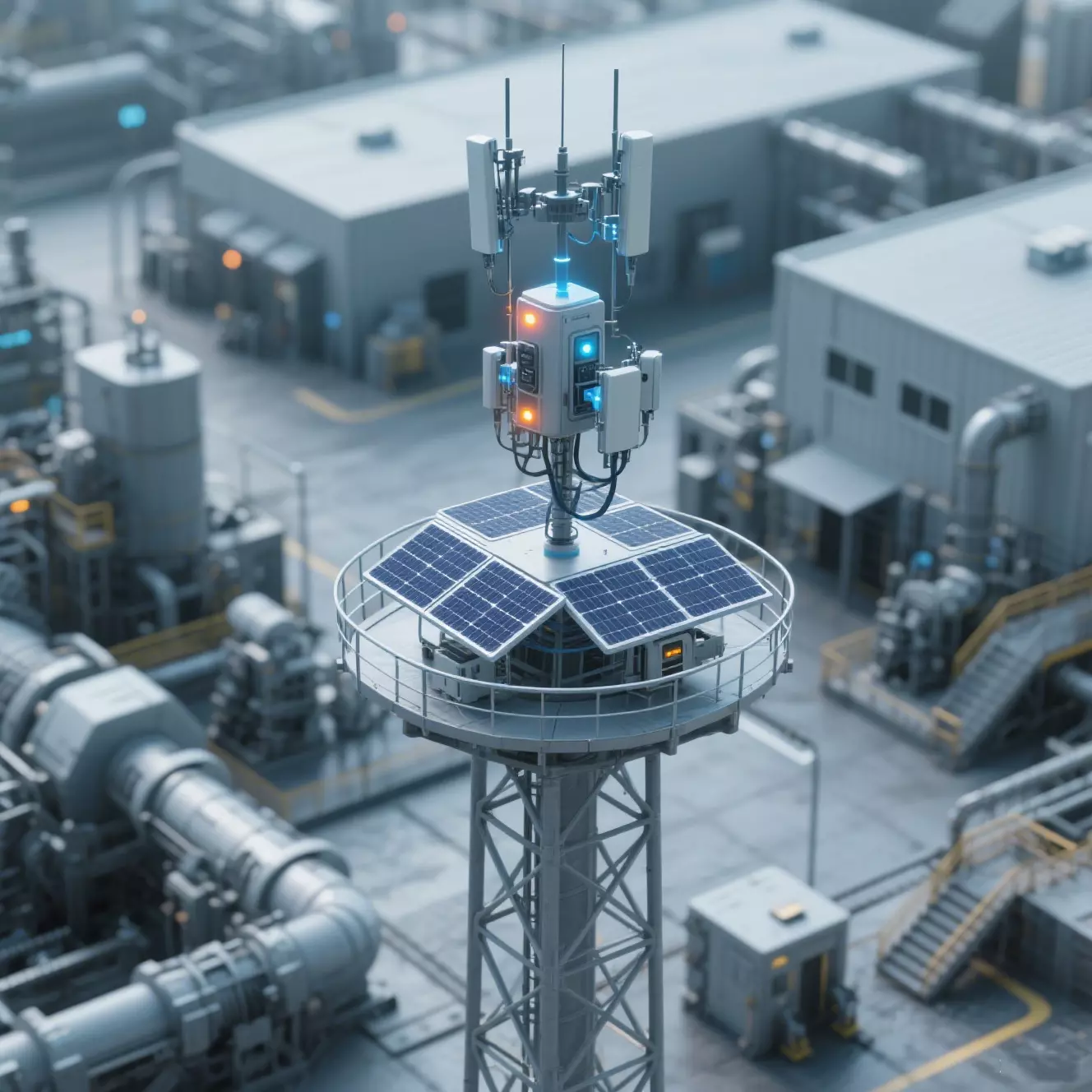
Find Your Solar + Battery Storage Specialist Now!
* Fill out this form and our experts will help you find the perfect solar storage solution for your home or business.


